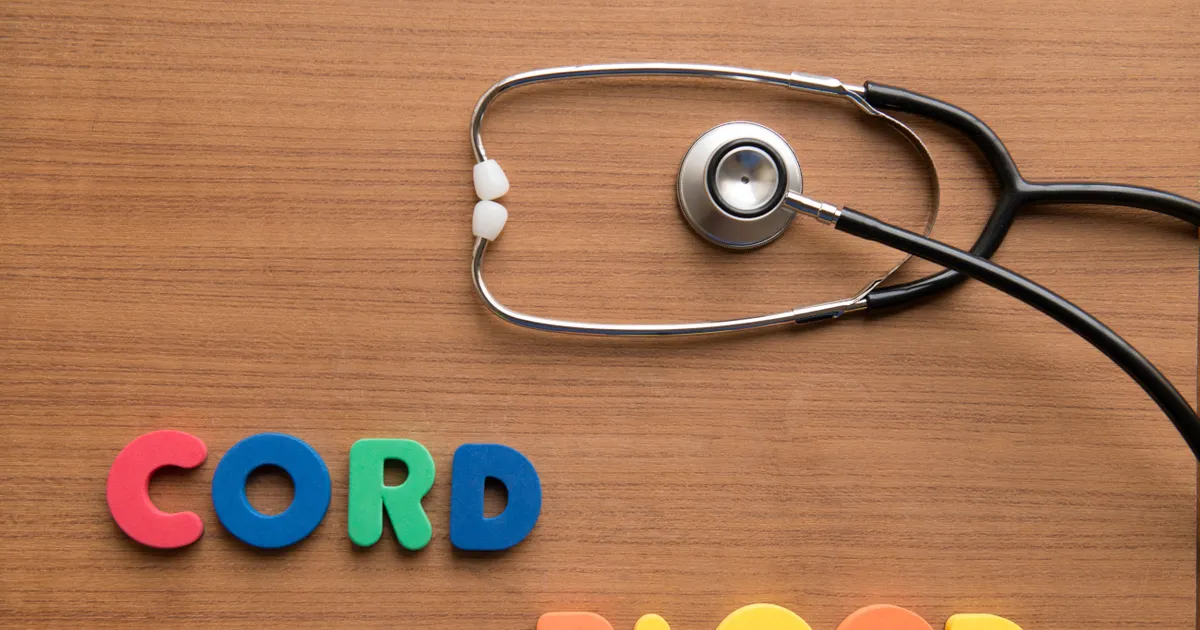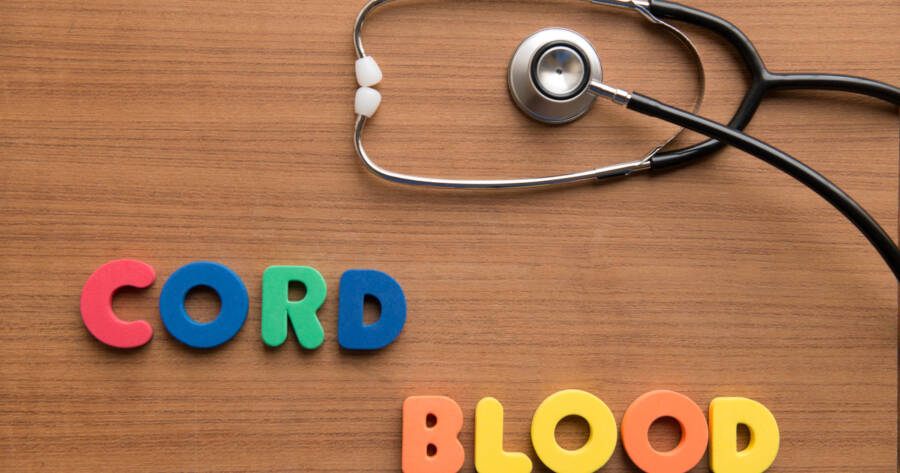Key Takeaways
- Cord blood banking involves collecting and preserving the blood left in the umbilical cord and placenta after a baby’s birth.
- Many common assumptions around cord blood banking — that it’s risky, expensive, or trivial — have been proven wrong, yet continue to hang over the issue.
- These stem cells can self-renew and differentiate into various types of blood and immune cells, thereby aiding in the treatment of many disorders and conditions.
Cord blood banking, an innovative and powerful biomedical service, has grown in relevance due to its potential in life-saving treatments. Born from the understanding that umbilical cord blood is rich in stem cells capable of transforming into various blood and immune cells, this practice represents a significant medical advancement. Fortunately, if you start a search online today, you can explore cord blood banking, from its foundational concepts to its application in treating many debilitating diseases.
An Overview of Cord Blood Banking
Cord blood banking refers to the collection and preservation of the blood left in the umbilical cord and placenta after a baby’s birth. This blood is a rich source of hematopoietic stem cells (HSCs), vital to the production of blood and immune cells.
These stem cells are collected in a non-invasive procedure, immediately post-delivery. Once harvested, the cord blood is processed and cryogenically stored for potential future use.
The Significance of Hematopoietic Stem Cells
HSCs derived from cord blood hold immense therapeutic potential. These cells are unique due to their capacity to self-renew and differentiate into various types of blood and immune cells.
As a result, they are instrumental in establishing and maintaining the body’s blood supply and immune system. This property of HSCs positions them as a potent resource in treating numerous blood-related disorders and conditions.
Cord Blood Banking: Public Vs. Private
Cord blood can be stored in either public or private banks, each with its unique considerations. Public banks allow free donation, wherein collected cord blood is available to any matching recipient or for research purposes. The likelihood of a donor using their donated cord blood is low, but the altruistic nature of public banking can save other lives.
Conversely, private banking involves a fee for collection and storage – usually between $1,000 to $2,000 initially, and then an annual fee of $100 to $200. However, it ensures the cord blood is reserved for the donor or their family members. This provides a form of biological insurance.
Advancements in Cord Blood Storage and Use
As technology advances, so does the efficiency and effectiveness of cord blood banking. Enhanced cryopreservation methods have improved the longevity and viability of stored cord blood.
Concurrently, medical research is working towards optimizing the use of cord blood, including the development of techniques to expand the number of stem cells in a given cord blood unit. These advancements aim to maximize the potential of cord blood transplants, particularly for adults who might require more cells than a single cord blood unit can provide.
Medical Applications of Cord Blood
The therapeutic applications of cord blood stem cells are vast and still being explored. Presently, they have been employed in treating over 80 diseases, including leukemia, lymphoma, and certain immune system disorders.
These cells can also serve as a critical therapeutic resource in treating genetic disorders like thalassemia and sickle cell anemia. By facilitating a pathway for the body to produce healthy blood cells, cord blood transplants can potentially replace defective cells, thereby mitigating the impact of these disorders.
The potential for cord blood in regenerative medicine is also a focal point of research, with studies investigating its potential in treating conditions such as cerebral palsy and autism. As science progresses, the list of conditions that could be effectively treated with cord blood continues to expand.
Debunking Common Misconceptions
Despite the potential of cord blood banking, some misconceptions may deter prospective parents from considering this option. Some believe the collection process can harm the mother or newborn, when in fact it’s risk-free and carried out post-delivery.
Others perceive banking to be expensive, while public banking options exist for free donation. Lastly, some might diminish the utility of cord blood, despite its proven efficacy in treating various blood disorders.
The Ethics of Cord Blood Banking
Like many medical advancements, cord blood banking isn’t without ethical considerations. Key issues revolve around informed consent, implications of private versus public banking, and equitable access to transplants.
Striking a balance between medical advancement and ethical standards is an ongoing discussion in the field. The ultimate goal is to advocate for policies that ensure the broadest utility and fair access to cord blood treatments.
Making the Choice: Considering Cord Blood Banking
Cord blood banking is a personal decision, influenced by several factors. Prospective parents should consider the cost, their family medical history, and potential future advancements in stem cell therapies.
Consulting with healthcare providers and doing personal research are crucial steps in making an informed decision. Remember, cord blood banking is a once-in-a-lifetime opportunity, given that cord blood can only be collected at birth.
Cord Blood Banking: A New Horizon in Fighting Diseases
Cord blood banking embodies the promise and potential of medical advancements, providing a source of life-saving treatment for numerous conditions. Beyond the moment of birth, the decision to bank cord blood could shape the future of health for the newborn and potentially others.
Whether you’re considering banking your newborn’s cord blood, or interested in ongoing stem cell developments, online research can add greater context to this misunderstood subject. As we learn more and broaden the scope of cord blood applications, this biomedical advancement could be an integral part of revolutionizing treatment for many diseases.
 Shutterstock: Sohel Parvez Haque
Shutterstock: Sohel Parvez Haque


